“Have you ever thought of using your camera as a meditation tool?”
“The photographic image not only records what it is pointed at – it speaks to the photographer’s relationship with the world and their quality of presence. Are you looking, seeing, trying, rehearsing? Are you present to what is before you?”
Today in class, I was introduced to the concept of contemplative photography. Some of the questions mentioned above are discussed in this video:
According to the video, Miksang is a Tibetan word that translates as ‘Good Eye’, and was developed by photographer Michael Wood and based on the Shambhala and Dharma Art teachings of the late Buddhist teacher and artist Chögyam Trungpa Rinpoche.
Miksang is described on the official site as:
“…concerned with uncovering the truth of pure perception. We see something vivid and penetrating, and in that moment we can express our perception without making anything up—nothing added, nothing missing. Totally honest about what we see—straight shooting….When we synchronize eye and mind, we abandon all concepts and predispositions and become completely present in the moment. The world becomes a magical display of vivid perception. We can develop the ability to experience and express these experiences precisely through the practice of contemplative photography.”
I found this new concept of photography completely enthralling. Living and meditating in the moment, and overall just being really present with what you’re seeing and feeling— it all is a great way to describe photography. The video even has a great visual exercise of the human camera. You close your eyes, rotate, open them for a second, and shut them. You repeat this process a few times, and take in what you see. It’s really an exercise in perspective and perception. It’s a neat exercise, so if you’re feeling spirited– give it a go!
To practice this method, we got to take our cameras/phones outside (autumn is the PERFECT time for photographs).
We had to focus on three specific elements: Color, Texture, and Deep-Diving. Below I have the directions we had to follow. I’ll include some of the photos I took today with them. Feel free to try this photography exercise and share your own!
1. COLOR- the most powerful and basic element of the world of form.
- Keep a narrow focus of color
- Look JUST at a color in a simple and open way
- Look for vivid and bold color
- Look at color out of context– without meaning
- Look for unexpected flashes of color out of the corner of your eye– capture those flashes
- Shoot 20-30 instances of color
2. TEXTURE- search for the feeling, quality, and experience of texture.
- You can feel texture everywhere; the bark of a tree, the roughness of concrete, the smoothness of steel
- How do you see texture?
- How does it help you to connect with form?
- How does the quality of light affect texture?
- Photograph 20 examples of what texture feels like
3. Deep-Dive- Choose one object to explore thoroughly. (The object I used is a traffic cone, in case you were wondering!)
- Choose a subject that does not have a lot of photographic interest. (A pencil, a dumpster, a wall, a sink).
- The point is to see the object with a fresh perception– to see its essence
- Look at your object as if you’ve never seen it before
- Start shooting what you see
- Try new perspectives and vantage points
- Try close-ups, mid-range, and long-range shots
- Keep looking at your object and see it in new ways
- Capture at least 20 different ways of seeing your object
This was a great exercise in really seeing images and not creating them. I was happily overwhelmed by all of the beautiful foliage outside today, and got a bit carried away while shooting. I’m pretty much a nature fanatic and getting the opportunity to lay in the grass and dirt felt like heaven. Exploring outside always feels like a gift, but exploring with a camera opens your eyes to the smallest of details– specifically with color, texture, and oddly beautiful objects and scenes. Contemplative photography is an avenue of visuals that I hope to continue developing (no pun intented!) I encourage you to try the above exercise and get out there with your camera. You never know what you might find!
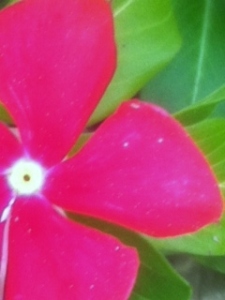
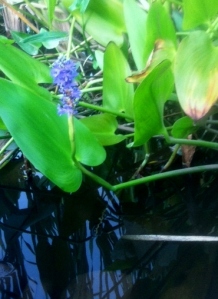
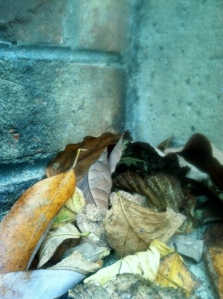
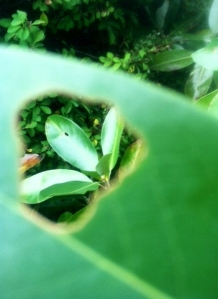

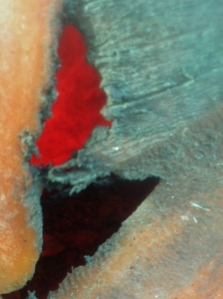
You must be logged in to post a comment.